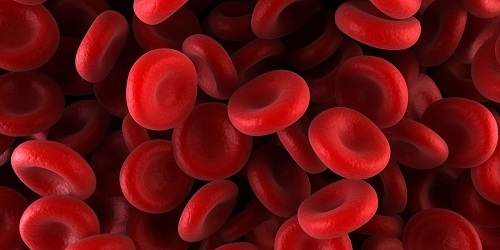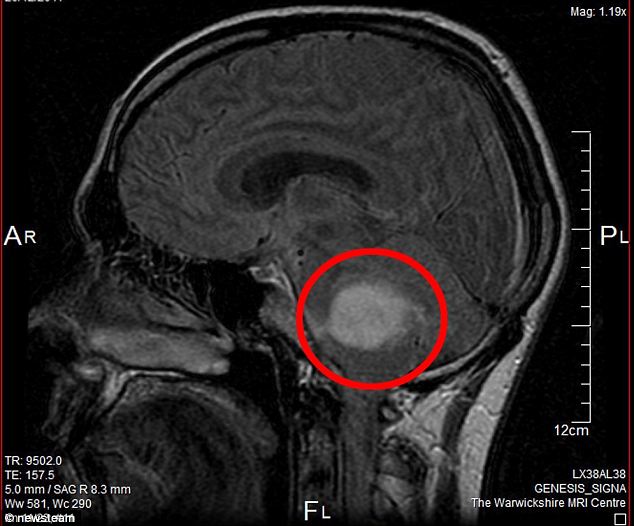
A team of US researchers, led by an Indian-American, is developing a new network protocol to help emergency responders communicate online faster and more reliably during disasters when a delay of few minutes can mean the difference between life and death.
The researchers at Rochester Institute of Technology (RIT) in New York metropolitan area are creating the Multi Node Label Routing protocol, which is essentially a new high-speed lane of online traffic, specifically for emergency information.

Data-dense information sharing was a major issue during recent disasters in the US, including Hurricane Irene and Hurricane Sandy.
“It is normal to have links and routers fail, and as the network topography changes, packets can be delayed, rerouted or lost,” said Nirmala Shenoy, a professor in RIT’s information sciences and technologies department and principal investigator of the project.
“This unreliability and delayed information can render loss of important data in the LIDAR images and other information,” she added.

The project, funded by a grant from the National Science Foundation and US Ignite, aims to improve the information flow between emergency responders at the scene of an incident and decision-makers at the office of emergency management.
“Sharing data on the internet during an emergency is like trying to drive a jet down the street at rush hour,” said Jennifer Schneider, co-principal investigator on the project. “A lot of the critical information is too big and data heavy for the existing internet pipeline,” Schneider added.
To solve this problem, Shenoy’s team created the Multi Node Label Routing (MNLR) protocol. It is designed with an immediate failover mechanism — meaning that if a link or node fails, it uses an alternate path right away, as soon as the failure is detected. The new protocol runs below the existing internet protocols, allowing normal internet traffic to run without disruption.
The new protocol does not depend on routes discovered by either Border Gateway Protocol (BGP) and Open Shortest Path First (OSPF). It discovers routes based on the labels assigned to the routers. The labels in turn carry the structural and relational connectivity information among routers.
“The new protocol is actually of very low complexity compared to the current routing protocols, including BGP and OSPF,” Shenoy said. “This is because the labels and protocols leverage the connectivity relationship that exists among routers, which are already sitting on a nice structure.”
She added that the main issue with current protocols stems from the fact that they were invented several decades ago and not for the type of network scenarios experienced in current internet. Thus, BGP and OSPF are unreliable and that manifests when a link fails.
“If you receive an email five minutes late, that is still acceptable,” Shenoy said. “But in an emergency situation, the implicit impact of these serious network problems truly come to light.”
In an emergency situation, information becomes too old after about eight minutes, added Schneider. “We are on the cusp of generating and collecting all this great technical information, but we need to be able to share it and create the situational awareness decision-makers need.”
The team is continuing to develop and enhance the MNLR protocol. In the future, the team plans to test and implement the protocol in emergency situations.
Be a part of Elets Collaborative Initiatives. Join Us for Upcoming Events and explore business opportunities. Like us on Facebook , connect with us on LinkedIn and follow us on Twitter , Instagram.












